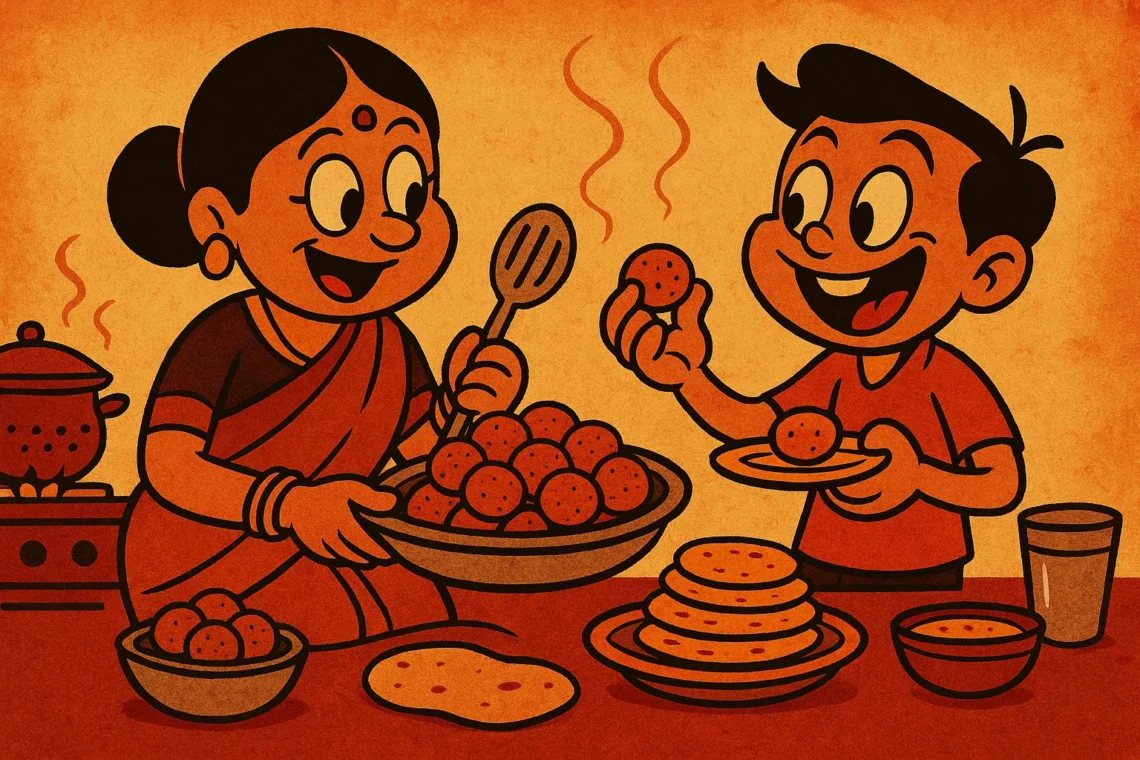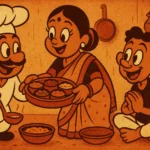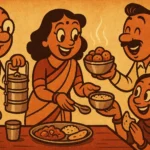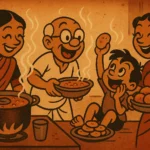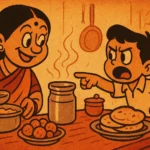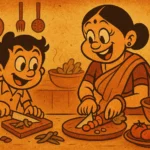In a kitchen where every container had a story, plastic was the one guest my mom never really welcomed. It was allowed in, yes—under protest. A reluctant addition to the top shelf, used for storing things no one really cared about: leftover onion peels for compost, twist ties, and those sauce packets from Chinese takeout we never ordered again. But when it came to anything that mattered—haldi, ghee, rice, or yesterday’s dal—plastic was simply not trusted.
“Yeh sab chemical hai,” she’d mutter, as she transferred hot sambhar into a steel dabba, refusing the shiny, microwave-safe container I had just bought on sale. “Ismein se smell aata hai.” She wasn’t wrong. Open the plastic dabba two days later and it would smell like every leftover it had ever held, fused together in an aroma that no dishwasher could defeat. The haldi left permanent streaks, the ghee turned it slippery, and the lids always, always went missing.
The Gospel of Steel
Steel, on the other hand, was sacred. Cool to the touch, honest in its weight, and seasoned with use. A good steel dabba didn’t just store food—it stored trust. You could pour boiling rasam into it, keep it on the gas stove by mistake, drop it from the second shelf, and it would still hold up with the dignity of a family elder. It didn’t bend. It didn’t warp. It didn’t need replacing. And it certainly didn’t leach “chemicals.”
My mother had a steel dabba for everything: the soft one for chapatis, the tall one for masoor dal, the slightly dented one for pickles, and the king of them all—the triple-decker tiffin with side clips that once went to my father’s office, then my school, and now lives a quiet retired life as a snack carrier for car trips. That tiffin has seen more idlis than most steamers.
The Plastic Trials
Every now and then, someone would try to sneak plastic in. A neighbor would gift sweets in a plastic box. I’d come home with a sleek new Tupperware, thrilled about the matching lid. My mother would eye it with suspicion, poke it a few times like she was expecting it to melt, and say, “Don’t put anything hot in this. Also, don’t put anything cold. Actually, just keep something dry.” By the end of the week, the plastic box would be storing rubber bands or old receipts.
Her real issue wasn’t just about safety. It was about longevity. Plastic never earned its place. It cracked. It warped. It discolored. It forgot. Steel remembered. It held heat and history. You could pass a steel dabba down to your kids. Plastic? It barely lasted a monsoon.
Sentiment, Seep-Proof
We had a plastic jug once. Big, purple, with a flowery sticker that started peeling after two weeks. My mom used it exactly twice. “Smells like soap,” she declared, and that was the end of that. Back to the steel lota that had no sticker, no handle, and no complaints.
Even now, when I visit home, the kitchen looks like a small, gleaming army of containers—all steel, all with specific assignments. No labeling needed. My mom knows what’s inside each one just by sound, by weight, by the way it sits on the shelf. There’s something quietly impressive about that. About a system so efficient and so emotional that it leaves no room for impostors.
Living in a Plastic World
In Austin, my cabinets are full of plastic. BPA-free, stackable, color-coded. Efficient, sure. But also forgettable. I reheat in them. I store in them. I lose their lids. Sometimes, I long for the solid click of a steel lid sealing in something warm. For the scraped bottom of a dabba that held yesterday’s lemon rice. For the sense that a container wasn’t just functional—but familiar.
So now, I’ve started collecting steel again. One container at a time. A small katori for curd. A flat box for leftovers. A round dabba that looks suspiciously like the one we used to keep jeera in. My mother, of course, approves. Over a video call she says, “See? You finally understood.” I smile and nod. Some lessons take a few years—and several broken plastic lids—to really land.
Because in the end, plastic might be light and convenient. But steel? Steel is legacy.
Born in Mumbai, now stir-frying feelings in Texas. Writes about food, memory, and the messy magic in between — mostly to stay hungry, sometimes just to stay sane.

